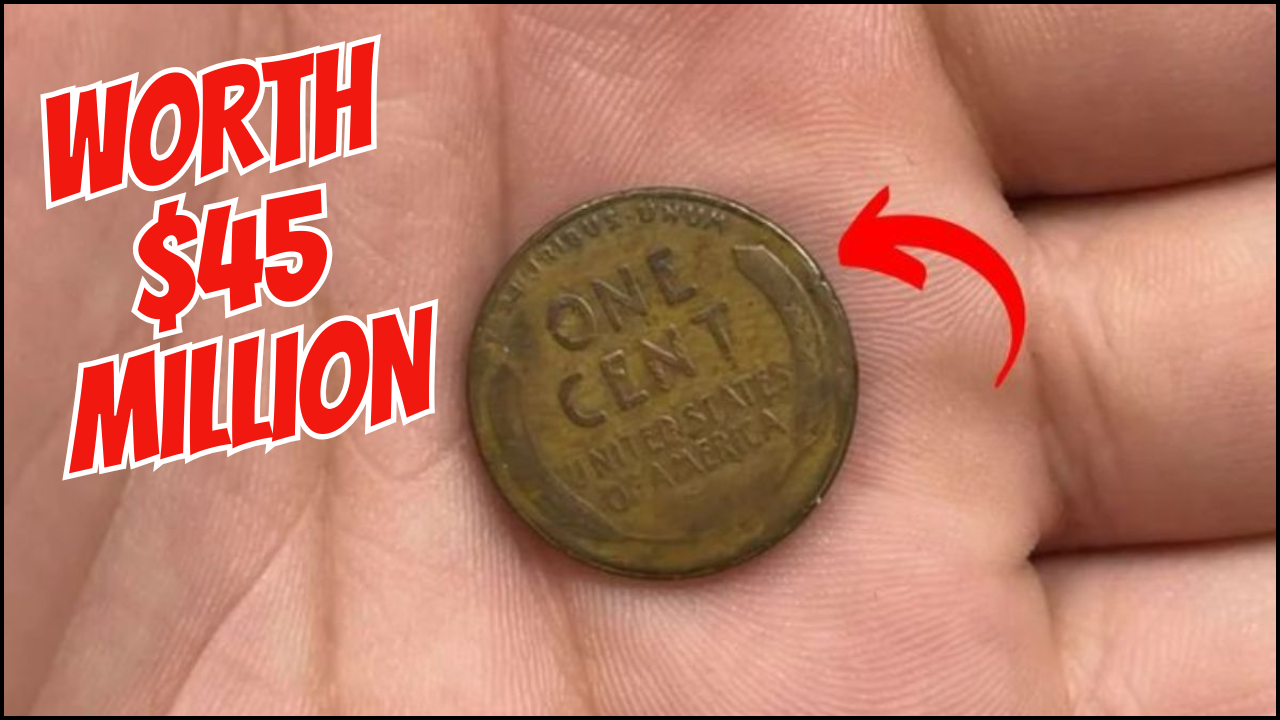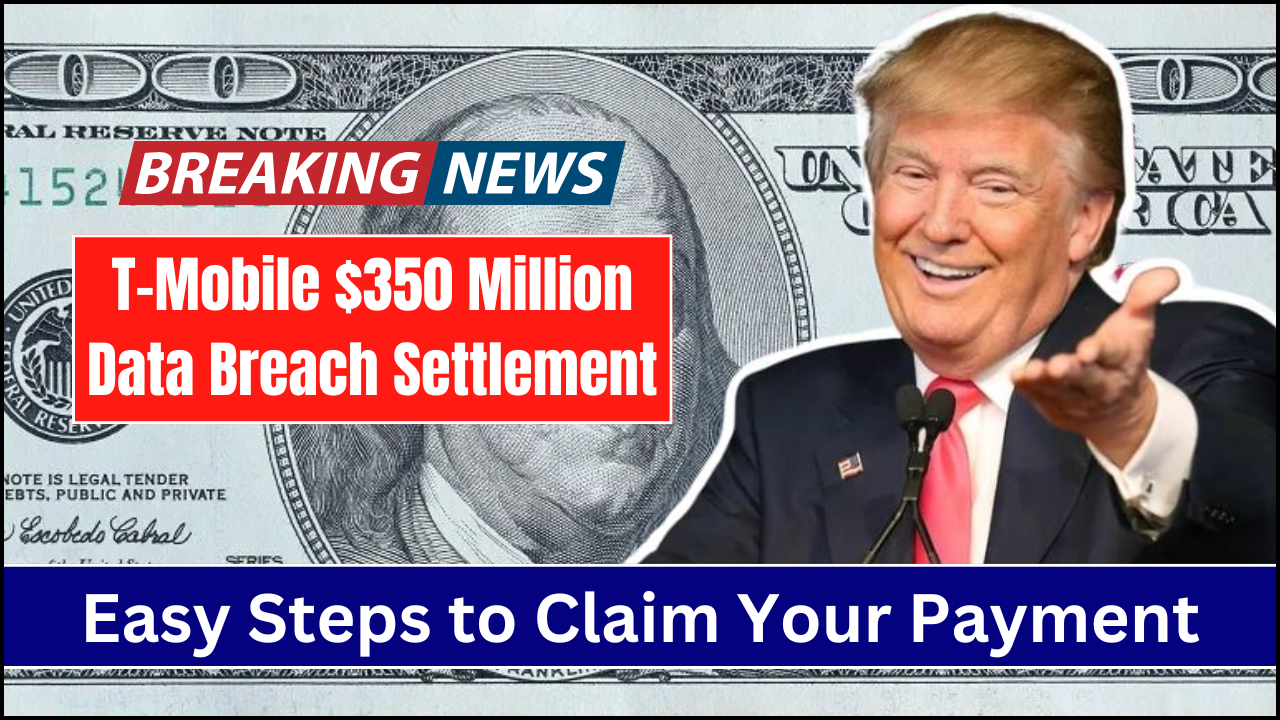
Have you ever wondered if the loose change in your pocket might be worth something special? If you happen to have a 1976 Bicentennial Quarter, you might want to take a closer look before spending it. While most of these quarters are only worth 25 cents, some rare versions can be worth thousands and in extremely rare cases, as much as $677,777! Let’s explore what makes these quarters valuable and how you can spot a potential treasure.
What Is a Bicentennial Quarter?
In 1976, the United States celebrated its 200th birthday—the Bicentennial. To mark this special occasion, the U.S. Mint created coins with unique designs, including the Bicentennial Quarter. Instead of the usual eagle on the back, these quarters feature a colonial drummer boy alongside a victory torch and 13 stars (representing the original colonies).
All Bicentennial Quarters show the dates “1776-1976” on the front, next to Washington’s profile. This special design makes them stand out from regular quarters, even though the Mint produced hundreds of millions of them.
The $45 Million Lincoln Wheat Penny, The Story Behind America’s Famous Penny
Most Bicentennial Quarters Are Common
Before you get too excited, it’s important to know that most Bicentennial Quarters you’ll find in pocket change are worth exactly 25 cents. The U.S. Mint made over 1.6 billion of these quarters for everyday use, so they’re not rare by themselves.
However, certain special variations can be worth much more to collectors. The key is knowing what to look for.
What Makes Some Bicentennial Quarters Valuable?
1. Silver Composition
Most quarters made for circulation are copper-nickel (appearing silver but containing no actual silver). However, the Mint also produced special 40% silver Bicentennial Quarters for collectors. These weren’t meant for circulation, but occasionally they find their way into pocket change.
How to spot a silver quarter:
- Look for an “S” mint mark (from San Francisco)
- Silver quarters weigh more: 6.25 grams versus 5.67 grams for regular quarters
- Silver quarters won’t have a copper stripe visible on the edge
2. Minting Errors
Errors during the minting process can make coins extremely valuable to collectors. For Bicentennial Quarters, the most valuable errors include:
- Double-strikes: When a coin is struck twice by the die, creating overlapping images
- Off-center strikes: When the design isn’t properly centered on the coin
- Missing elements: Parts of the design that didn’t transfer properly
The most valuable Bicentennial Quarter ever sold—the one worth $677,777—had both a double-strike and off-center features, making it incredibly rare.
3. Mint Marks (or Lack Thereof)
Bicentennial Quarters were made at three different mints:
- Philadelphia (no mint mark)
- Denver (D mint mark)
- San Francisco (S mint mark)
Certain Philadelphia-minted coins with specific errors have sold for over $10,000.
4. Condition Matters
Coins that have never been used in circulation (uncirculated) or special proof coins made for collectors are worth more than worn coins. Proof coins have a mirror-like finish and sharper details.
Key Details: Bicentennial Quarter Value Guide
| Feature | Details | Potential Value |
|---|---|---|
| Commonly circulated quarter | Regular copper-nickel, shows wear | 25¢ – $5 |
| Uncirculated (no errors) | Never used in circulation | $10 – $25 |
| 40% Silver version | From special mint sets, “S” mint mark | $10 – $100 |
| Double-strike errors | Visible overlapping designs | $1,000 – $10,000+ |
| Off-center errors | Design not centered on coin | $500 – $5,000+ |
| Ultra-rare combinations | Double-strike with off-center features | Up to $677,777 |
| Uncirculated silver proof | Mirror-like finish, sharp details | $15 – $50 |
How to Check If Your Bicentennial Quarter Is Valuable
If you think your quarter might be special, follow these steps:
1. Check for Basic Identifiers
- Look for “1776-1976” on the front
- Check for a mint mark (or lack of one) under Washington’s profile
- Examine the edge for a copper stripe (regular quarter) or solid silver color (silver quarter)
- Weigh the coin if possible (silver quarters weigh more)
2. Look for Errors
Using a magnifying glass, carefully examine your coin for:
- Doubled features or overlapping images
- Off-center designs
- Missing elements
- Unusual marks or features
3. Get Professional Authentication
If you think your coin might be valuable, it’s best to have it professionally graded by experts such as:
- Professional Coin Grading Service (PCGS)
- Numismatic Guaranty Company (NGC)
These services will authenticate your coin and give it a grade that helps determine its value.
What to Do If You Find a Valuable Quarter
If you believe you’ve found a valuable Bicentennial Quarter:
- Handle it carefully: Use gloves or hold it by the edges to avoid damage
- Don’t clean it: Cleaning can damage the coin and reduce its value
- Store it properly: Use a protective coin holder
- Get it authenticated: Have it professionally graded
- Research current values: Check recent auction prices
Where to Sell a Valuable Coin
If you decide to sell your valuable quarter, you have several options:
- Online auction sites like eBay
- Professional auction houses like Heritage Auctions
- Local coin dealers
- Coin shows and collector events
Always get multiple offers before selling to ensure you’re getting a fair price.
The Bottom Line
While finding an extremely valuable Bicentennial Quarter worth hundreds of thousands of dollars is very unlikely, it’s not impossible. Even finding one worth a few hundred dollars would be an exciting discovery!




